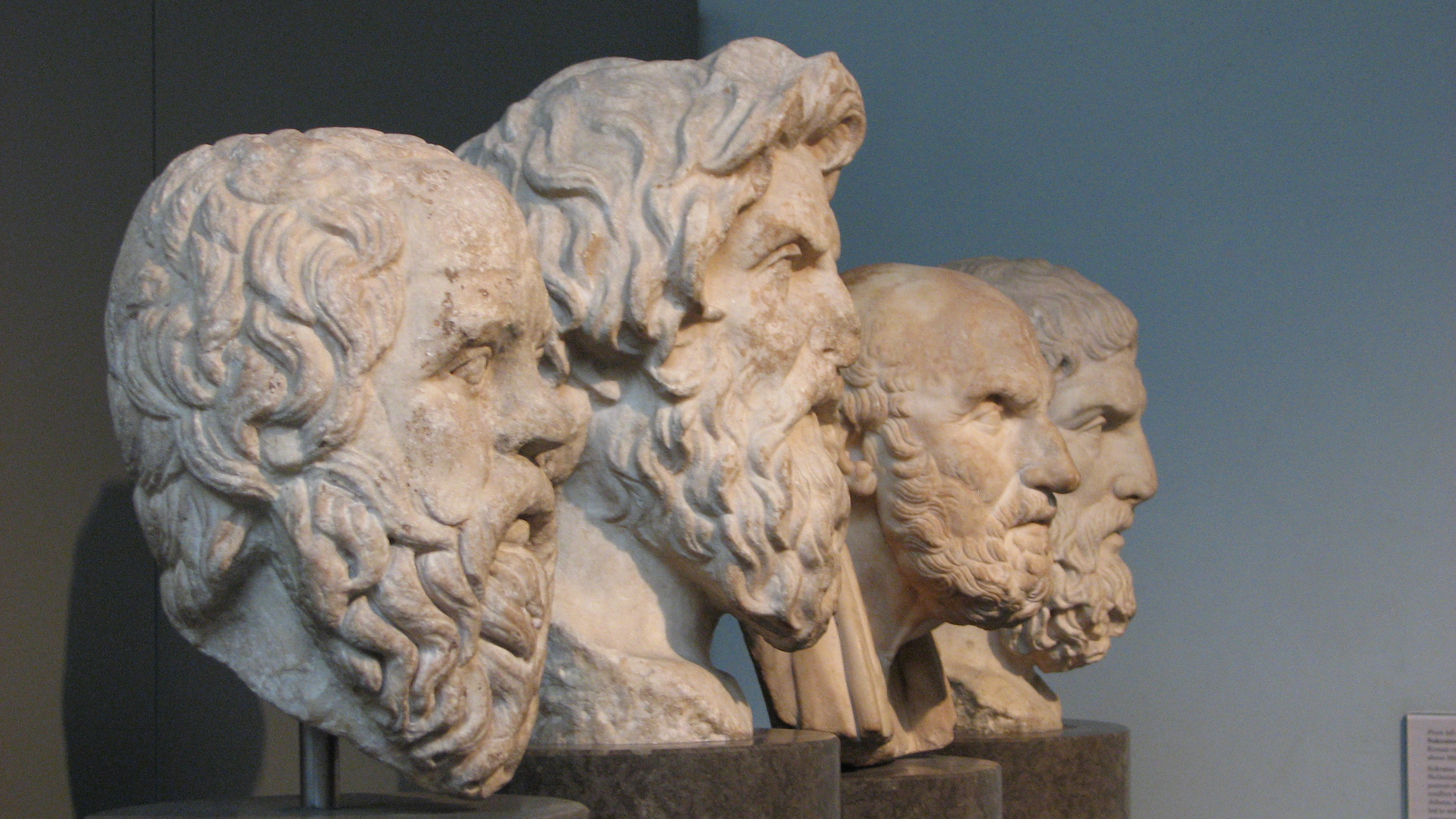|
A. K. Mozumdar
Akhay Kumar Mozumdar (July 15, 1881 – March 9, 1953) was an Indian Americans, Indian American spiritual writer and teacher associated with the New Thought Movement in the United States. He became a naturalized American in 1913. However, in 1923, following ''United States v. Bhagat Singh Thind'', Mozumdar was the first Indian after Bhagat Singh Thind himself to have his United States citizenship taken away. Biography The son of an attorney, Mozumdar was born in a small village about twenty miles north of Calcutta, India. He was the youngest child, with eight older brothers and one sister. The Mozumdars were a well-established, high caste family. Mozumdar's mother was very devout and seemed to foresee her youngest child's career as a spiritual teacher when she named him Akhay Kumar, meaning "Son of God." Mozumdar was a dynamic teacher, lecturer, and writer of the New Thought Movement in the United States during the first half of 20th century. He exhibited a deep knowledge of God ... [...More Info...] [...Related Items...] OR: [Wikipedia] [Google] [Baidu] |
Indian Americans
Indian Americans or Indo-Americans are citizens of the United States with ancestry from India. The United States Census Bureau uses the term Asian Indian to avoid confusion with Native Americans, who have also historically been referred to as "Indians" and are known as "American Indians". With a population of more than four and a half million, Indian Americans make up 1.4% of the U.S. population and are the largest group of South Asian Americans, as well as the second largest group of Asian Americans after Chinese Americans. Indian Americans are the highest-earning ethnic group in the United States.Multiple sources: * * * * * * * * * * * * * * * Terminology In the Americas, the term "Indian" had historically been used to describe indigenous people since European colonization in the 15th century. Qualifying terms such as " American Indian" and " East Indian" were and still are commonly used in order to avoid ambiguity. The U.S. government has since coined the term "Nati ... [...More Info...] [...Related Items...] OR: [Wikipedia] [Google] [Baidu] |
Dharma
Dharma (; sa, धर्म, dharma, ; pi, dhamma, italic=yes) is a key concept with multiple meanings in Indian religions, such as Hinduism, Buddhism, Jainism, Sikhism and others. Although there is no direct single-word translation for ''dharma'' in European languages, it is commonly translated as "righteousness", "merit" or "religious and moral duties" governing individual conduct.Britannica, The Editors of Encyclopaedia. (9 April 2019)Dharma. ''Encyclopedia Britannica''. Accessed 14 September 2021. In Hinduism, dharma is one of the four components of the '' Puruṣārtha'', the aims of life, and signifies behaviours that are considered to be in accord with ''Ṛta'', the order that makes life and universe possible. It includes duties, rights, laws, conduct, virtues and "right way of living".see: *"Dharma", ''The Columbia Encyclopedia'', 6th Ed. (2013), Columbia University Press, Gale, ; *Steven Rosen (2006), Essential Hinduism, Praeger, , Chapter 3. It had a transte ... [...More Info...] [...Related Items...] OR: [Wikipedia] [Google] [Baidu] |
Ninth Circuit Court Of Appeals
The United States Court of Appeals for the Ninth Circuit (in case citations, 9th Cir.) is the U.S. federal court of appeals that has appellate jurisdiction over the U.S. district courts in the following federal judicial districts: * District of Alaska * District of Arizona * Central District of California * Eastern District of California * Northern District of California * Southern District of California * District of Hawaii * District of Idaho * District of Montana * District of Nevada * District of Oregon * Eastern District of Washington * Western District of Washington The Ninth Circuit also has appellate jurisdiction over the territorial courts for the District of Guam and the District of the Northern Mariana Islands. Additionally, it sometimes handles appeals that originate from American Samoa, which has no district court and partially relies on the District of Hawaii for its federal cases.https://www.gao.gov/products/GAO-08-1124T GAO (U.S. Government Accountabili ... [...More Info...] [...Related Items...] OR: [Wikipedia] [Google] [Baidu] |
Asiatic Barred Zone Act
The Immigration Act of 1917 (also known as the Literacy Act and less often as the Asiatic Barred Zone Act) was a United States Act that aimed to restrict immigration by imposing literacy tests on immigrants, creating new categories of inadmissible persons, and barring immigration from the Asia-Pacific zone. The most sweeping immigration act the United States had passed until that time, it followed the Chinese Exclusion Act of 1882 in marking a turn toward nativism. The 1917 act governed immigration policy until it was amended by the Immigration Act of 1924; both acts were revised by the Immigration and Nationality Act of 1952. Background Various groups, including the Immigration Restriction League had supported literacy as a prerequisite for immigration from its formation in 1894. In 1895, Henry Cabot Lodge had introduced a bill to the United States Senate to impose a mandate for literacy for immigrants, using a test requiring them to read five lines from the Constitution. Thoug ... [...More Info...] [...Related Items...] OR: [Wikipedia] [Google] [Baidu] |
Immigration Act Of 1917
The Immigration Act of 1917 (also known as the Literacy Act and less often as the Asiatic Barred Zone Act) was a United States Act that aimed to restrict immigration by imposing literacy tests on immigrants, creating new categories of inadmissible persons, and barring immigration from the Asia-Pacific zone. The most sweeping immigration act the United States had passed until that time, it followed the Chinese Exclusion Act of 1882 in marking a turn toward nativism. The 1917 act governed immigration policy until it was amended by the Immigration Act of 1924; both acts were revised by the Immigration and Nationality Act of 1952. Background Various groups, including the Immigration Restriction League had supported literacy as a prerequisite for immigration from its formation in 1894. In 1895, Henry Cabot Lodge had introduced a bill to the United States Senate to impose a mandate for literacy for immigrants, using a test requiring them to read five lines from the Constitution. Th ... [...More Info...] [...Related Items...] OR: [Wikipedia] [Google] [Baidu] |
Naturalization
Naturalization (or naturalisation) is the legal act or process by which a non-citizen of a country may acquire citizenship or nationality of that country. It may be done automatically by a statute, i.e., without any effort on the part of the individual, or it may involve an application or a motion and approval by legal authorities. The rules of naturalization vary from country to country but typically include a promise to obey and uphold that country's laws and taking and subscribing to an oath of allegiance, and may specify other requirements such as a minimum legal residency and adequate knowledge of the national dominant language or culture. To counter multiple citizenship, some countries require that applicants for naturalization renounce any other citizenship that they currently hold, but whether this renunciation actually causes loss of original citizenship, as seen by the host country and by the original country, will depend on the laws of the countries involved. Th ... [...More Info...] [...Related Items...] OR: [Wikipedia] [Google] [Baidu] |
United States District Court
The United States district courts are the trial courts of the U.S. federal judiciary. There is one district court for each federal judicial district, which each cover one U.S. state or, in some cases, a portion of a state. Each district court has at least one courthouse, and many districts have more than one. District courts' decisions are appealed to the U.S. court of appeals for the circuit in which they reside, except for certain specialized cases that are appealed to the U.S. Court of Appeals for the Federal Circuit or directly to the U.S. Supreme Court. District courts are courts of law, equity, and admiralty, and can hear both civil and criminal cases. But unlike U.S. state courts, federal district courts are courts of limited jurisdiction, and can only hear cases that involve disputes between residents of different states, questions of federal law, or federal crimes. Unlike the U.S. Supreme Court, which was established by Article III of the Constitution, ... [...More Info...] [...Related Items...] OR: [Wikipedia] [Google] [Baidu] |
Greek Philosophy
Ancient Greek philosophy arose in the 6th century BC, marking the end of the Greek Dark Ages. Greek philosophy continued throughout the Hellenistic period and the period in which Greece and most Greek-inhabited lands were part of the Roman Empire. Philosophy was used to make sense of the world using reason. It dealt with a wide variety of subjects, including astronomy, epistemology, mathematics, political philosophy, ethics, metaphysics, ontology, logic, biology, rhetoric and aesthetics. Greek philosophy has influenced much of Western culture since its inception. Alfred North Whitehead once noted: "The safest general characterization of the European philosophical tradition is that it consists of a series of footnotes to Plato". Clear, unbroken lines of influence lead from ancient Greek and Hellenistic philosophers to Roman philosophy, Early Islamic philosophy, Medieval Scholasticism, the European Renaissance and the Age of Enlightenment. Greek philosophy was infl ... [...More Info...] [...Related Items...] OR: [Wikipedia] [Google] [Baidu] |
Adi Shankara
Adi Shankara ("first Shankara," to distinguish him from other Shankaras)(8th cent. CE), also called Adi Shankaracharya ( sa, आदि शङ्कर, आदि शङ्कराचार्य, Ādi Śaṅkarācāryaḥ, lit=First Shankaracharya, ), was an Indian people, Indian Vedanga, Vedic scholar and teacher (''acharya''), whose works present a harmonizing reading of the ''sastras'', with liberating knowledge of the self at its core, synthesizing the Advaita Vedanta teachings of his time. The title of Shankaracharya, Shankracharya, used by heads of the amnaya monasteries is derived from his name. Due to his later fame, over 300 texts are attributed to his name, including commentaries (''Bhāṣya''), introductory topical expositions (''Prakaraṇa grantha'') and poetry (''Stotra''). However most of these are likely to be by admirers or pretenders or scholars with an eponymous name.W Halbfass (1983), Studies in Kumarila and Sankara, Studien zur Indologie und Iranistik, ... [...More Info...] [...Related Items...] OR: [Wikipedia] [Google] [Baidu] |
Judaism
Judaism ( he, ''Yahăḏūṯ'') is an Abrahamic, monotheistic, and ethnic religion comprising the collective religious, cultural, and legal tradition and civilization of the Jewish people. It has its roots as an organized religion in the Middle East during the Bronze Age. Modern Judaism evolved from Yahwism, the religion of ancient Israel and Judah, by the late 6th century BCE, and is thus considered to be one of the oldest monotheistic religions. Judaism is considered by religious Jews to be the expression of the covenant that God established with the Israelites, their ancestors. It encompasses a wide body of texts, practices, theological positions, and forms of organization. The Torah, as it is commonly understood by Jews, is part of the larger text known as the ''Tanakh''. The ''Tanakh'' is also known to secular scholars of religion as the Hebrew Bible, and to Christians as the "Old Testament". The Torah's supplemental oral tradition is represented by later tex ... [...More Info...] [...Related Items...] OR: [Wikipedia] [Google] [Baidu] |
Hinduism
Hinduism () is an Indian religion or ''dharma'', a religious and universal order or way of life by which followers abide. As a religion, it is the world's third-largest, with over 1.2–1.35 billion followers, or 15–16% of the global population, known as Hindus. The word ''Hindu'' is an exonym, and while Hinduism has been called the oldest religion in the world, many practitioners refer to their religion as '' Sanātana Dharma'' ( sa, सनातन धर्म, lit='the Eternal Dharma'), a modern usage, which refers to the idea that its origins lie beyond human history, as revealed in the Hindu texts. Another endonym is ''Vaidika dharma'', the dharma related to the Vedas. Hinduism is a diverse system of thought marked by a range of philosophies and shared concepts, rituals, cosmological systems, pilgrimage sites, and shared textual sources that discuss theology, metaphysics, mythology, Vedic yajna, yoga, agamic rituals, and temple building, among other topi ... [...More Info...] [...Related Items...] OR: [Wikipedia] [Google] [Baidu] |







